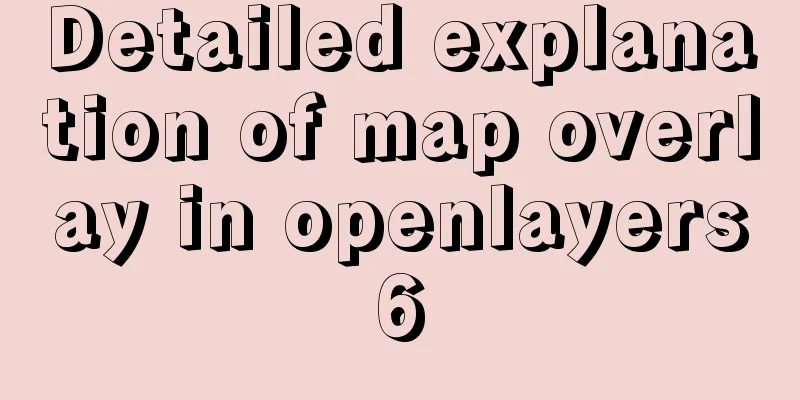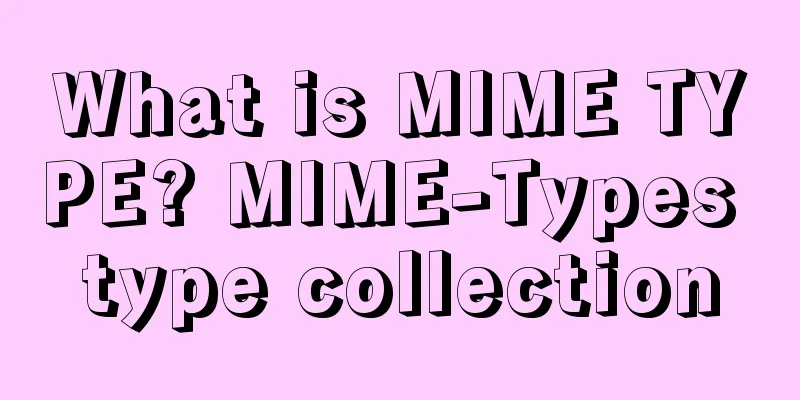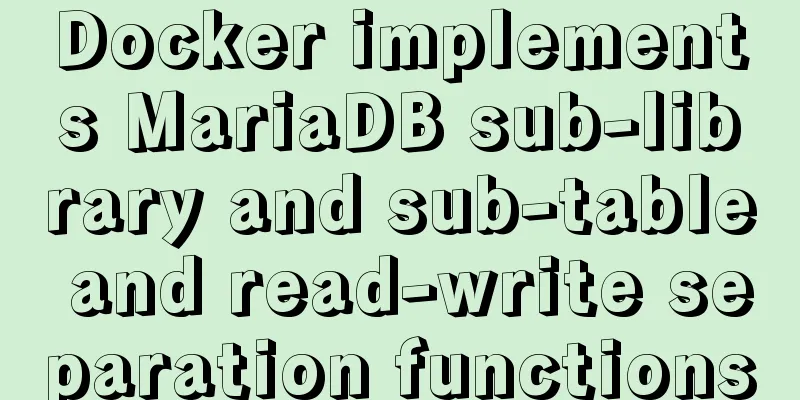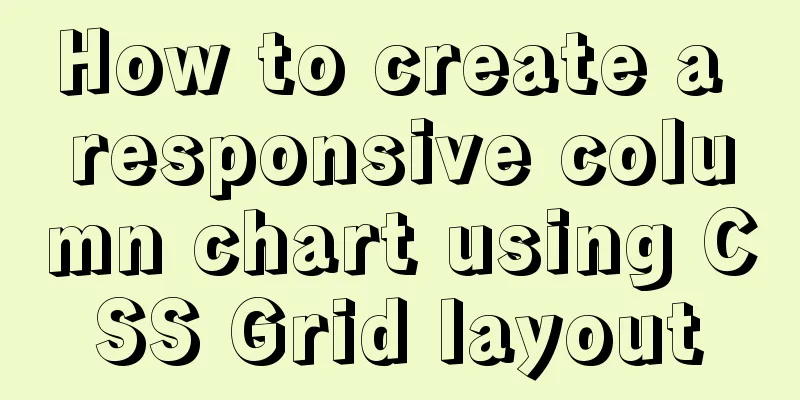Detailed explanation of map overlay in openlayers6

1. Overlay Overview Overlay means covering, as the name suggests, it appears on the map in another form. Many students confuse it with layers. It is mainly used to place some elements related to the map location. Common map overlays are of three types, such as: Let's take a look at the description on the official website. In fact, this attribute exists in the map by default. It is the same as the layers, controls, and interactions in the previous article.
2. Overlay property
Used in the following cases. 2. Overlay Event
So how do you bind the corresponding events? Openlayers binding events follow the general DOM event binding rules, including DOM level 2 event binding. The following is an example of outputting a string in the browser console when the overlay position changes.
var overlay = new ol.Overlay({
// Create overlay ...omitted});
// event overlay.on("change:position", function(){
console.log("Position changed!");
})
4. Overlay Method
5. Write to the end At the beginning, we mentioned that overlay has three common uses: For more details, please refer to this article openlayers6 [Eight] Map overlay three common uses of overlay popup window, marker annotation, text text This is the end of this article about the detailed explanation of openlayers6 map overlay. For more relevant openlayer overlay map coverage content, please search 123WORDPRESS.COM's previous articles or continue to browse the following related articles. I hope everyone will support 123WORDPRESS.COM in the future! You may also be interested in:
|
<<: How to solve the problem that mysql cannot be closed
>>: Nginx uses the Gzip algorithm to compress messages
Recommend
Install MySQL 5.7 on Ubuntu 18.04
This article is compiled with reference to the My...
How to deploy MySQL master and slave in Docker
Download image Selecting a MySQL Image docker sea...
Solution to the problem that a Linux modification of MySQL configuration does not take effect
background I have a project service that uses AWS...
Why is the disk space still occupied after deleting table data in MySQL?
Table of contents 1. Mysql data structure 2. The ...
Two ways to write stored procedures in Mysql with and without return values
Process 1: with return value: drop procedure if e...
A detailed introduction to the use of block comments in HTML
Common comments in HTML: <!--XXXXXXXX-->, wh...
Solution to Vue's inability to watch array changes
Table of contents 1. Vue listener array 2. Situat...
Detailed explanation of MySQL's MERGE storage engine
The MERGE storage engine treats a group of MyISAM...
Sample code for batch deployment of Nginx with Ansible
1.1 Copy the nginx installation package and insta...
MySQL Series 10 MySQL Transaction Isolation to Implement Concurrency Control
Table of contents 1. Concurrent access control 2....
HTML input box optimization to improve user experience and ease of use
In order to improve user experience and ease of us...
uni-app WeChat applet authorization login implementation steps
Table of contents 1. Application and configuratio...
GZIP compression Tomcat and improve web performance process diagram
1. Introduction I recently worked on a project an...
HTML Editing Basics (A Must-Read for Newbies)
Open DREAMWEAVER and create a new HTML. . Propert...
Summary of commonly used performance test scripts for VPS servers
Here is a common one-click performance test scrip...










